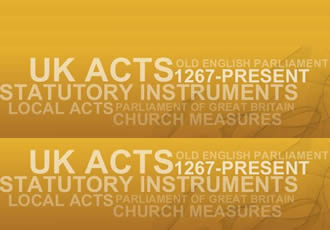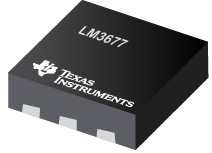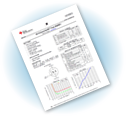Direct support for manufacturers and importers on LVD requirements

After a UK public consultation last year, a revision of the Low Voltage Directive (2014/35/EU) has been released under the Electrical Equipment (Safety) Regulations 2016, which came into force on 8th December 2016. The regulations apply to manufacturers, importers and distributors of electrical equipment designed for use with a voltage rating of between 50 and 1000V for alternating current and between 75 and 1,500V for direct current, and placed on the market on or after the commencement date.
As well as a higher level of responsibility for cable distributors, there is also heightened supervision by authorities to ensure each ruling is obeyed, which may result in an increased number of cases of non-compliance identified and consequent liability for manufacturers, importers and distributors.
Dr Jeremy Hodge, Chief Executive at The British Approvals Service for Cables (BASEC) said: “Many of the revisions are focused on ensuring traceability back through the supply chain.”
Hodge continued: “Cable distributors have a duty of care to make all relevant checks on cable products so that they are in compliance with the new regulation before product is placed on the market. The responsibility now falls across the whole supply chain, whereas previously the emphasis had been on manufacturers.”
Cable wholesalers and distributors now have a strict duty to ensure that the cable product they supply satisfies safety requirements and that it bears the CE marking. By affixing the CE marking on a product, a supplier is declaring conformity with all relevant legal requirements, for example the health and safety requirements of the applicable Directive. Purchasers may request a copy of the EC Declaration of Conformity and many cable manufacturers hold EC Declarations of Conformity on their websites.
Wholesalers must also check that the manufacturer and importer have indicated their name, registered trade name or trademark and the address at which they can be contacted on the product or, when not possible because of the size or physical characteristics of the products, on its packaging and/or on the accompanying documentation, and that the product bears a type, batch or serial number or other element allowing the identification and traceability of the product.
“Until a few years ago, traders in the electrical sector knew little about their responsibilities under the LVD and related CE marking so it is very important awareness is raised throughout the industry,” continued Hodge. “Although CE marking has been in place for 20 years, many people don’t know what it stands for and sometimes assume it is just a label that says it has been made for the European market.”
The CE marking of a cable product signals to regulatory authorities and end users that the product is compliant with the directive, making it eligible to be distributed and sold throughout the EU.
Before a cable manufacturer can sell its products in the EU, the manufacturer must have tested their product, and assembled a technical file detailing the standards, specifications and manufacturing controls they have applied. If the cable conforms to a European harmonised standard there is a presumption of conformity to the Directive. The technical file should be held within the EU, so this means that it should be supplied to each importer and held by them. If based within the EU, the manufacturer holds the technical file. The technical file must be held for several years after the product was last supplied. In addition, the manufacturer must prepare an EC Declaration of Conformity in the prescribed format, and affix the CE mark to the product or packaging.
Unfortunately, non-conformity abuse and counterfeiting of the CE mark on cable has been found across Europe. Many organisations do not prepare or hold the required documentation and some products may be CE marked but the manufacturer has not performed the required testing or safety assessment.
Hodge added: “Always ask for the EC Declaration of Conformity if in doubt. BASEC can assist manufacturers, importers and distributors in meeting their obligations under the new regulations, with cable testing, and with information on standards and procedures.”
Similar articles
More from BASEC
- Direct support for manufacturers and importers on LVD requirements 3rd February 2017
- BASEC appointed as notified body for cable product certification 20th September 2016
- Higher safety offered to installers with new fire standard 17th August 2016
- Construction cable imports changed by EU regulations 28th July 2016












Write a comment
No comments